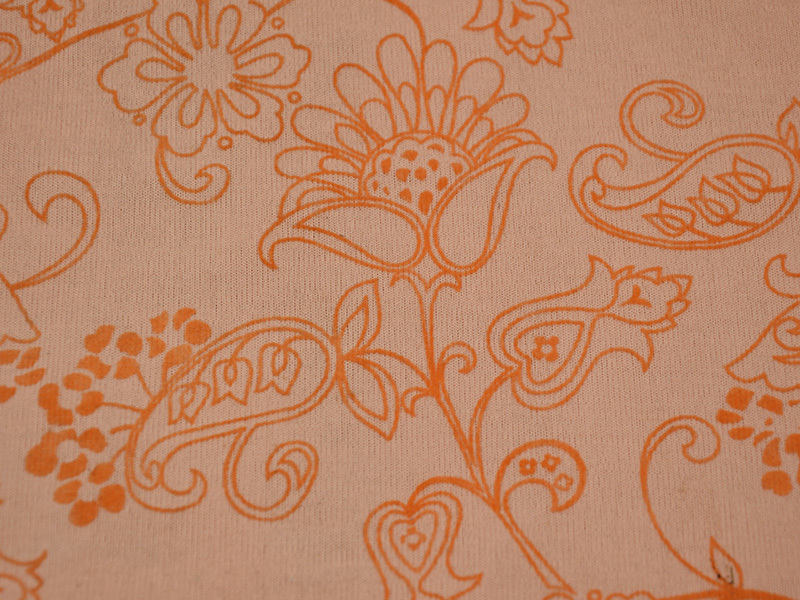The Flat Shoe Dilemma: Are They the Optimal Choice for Your Workout?
When it comes to workout footwear, the debate between flat shoes and traditional athletic shoes has garnered significant attention among fitness enthusiasts and professionals alike. While many may instinctively reach for cushioned sneakers, a growing body of evidence suggests that flat shoes may offer unique benefits that can enhance performance and reduce injury risk. In this article, we will explore the advantages and disadvantages of wearing flat shoes during workouts, helping you make an informed decision tailored to your fitness goals.
Understanding Flat Shoes
Flat shoes, often characterized by their minimal cushioning and lack of elevation in the heel, are designed to provide a close-to-ground experience. This category includes various types of footwear, such as minimalist running shoes, cross-training shoes, and even certain types of weightlifting shoes. The primary philosophy behind flat shoes is to promote a more natural foot position and movement pattern, which can be beneficial for various types of workouts.
The Benefits of Wearing Flat Shoes
- Enhanced Stability and Balance: One of the most significant advantages of flat shoes is their ability to provide a stable base. This is particularly important for activities that require balance and coordination, such as weightlifting, yoga, and Pilates. A flat sole allows for better ground contact, which can enhance proprioception—the body’s ability to sense its position in space.
- Improved Foot Mechanics: Flat shoes encourage a more natural foot strike and gait. When running or performing high-impact exercises, the absence of a raised heel can promote a midfoot or forefoot strike, which may reduce the risk of injuries associated with overstriding and heel striking. This natural alignment can lead to improved biomechanics, allowing for more efficient movement patterns.
- Strengthening Foot Muscles: Wearing flat shoes can help strengthen the intrinsic muscles of the foot. These muscles play a crucial role in maintaining arch stability and overall foot health. By allowing the foot to move more freely, flat shoes can contribute to better muscle engagement and development, which is particularly beneficial for athletes and active individuals.
- Versatility Across Workouts: Flat shoes are often more versatile than traditional athletic shoes. They can be used for a variety of activities, from weightlifting to high-intensity interval training (HIIT). This adaptability makes them a practical choice for those who engage in multiple forms of exercise.
Potential Drawbacks of Flat Shoes
While flat shoes offer numerous benefits, they are not without their drawbacks. It is essential to consider the following factors before making a switch:
- Lack of Cushioning: For individuals who are accustomed to wearing heavily cushioned shoes, transitioning to flat shoes may initially lead to discomfort or soreness. The lack of cushioning can be particularly challenging for those with existing foot issues or those who engage in high-impact activities.
- Increased Risk of Injury for Some: While flat shoes can promote better biomechanics for many, they may not be suitable for everyone. Individuals with specific foot conditions, such as flat feet or high arches, may require additional support that flat shoes do not provide. It is crucial to assess your foot type and any pre-existing conditions before making a decision.
- Adjustment Period: Transitioning to flat shoes requires an adjustment period. Rushing into using them for high-intensity workouts without proper acclimatization can lead to injuries. Gradually incorporating flat shoes into your routine is advisable to allow your feet and body to adapt.
Making the Right Choice for Your Workout
Ultimately, the decision to wear flat shoes during workouts should be based on individual needs, preferences, and the specific demands of the activity. Here are some tips to help you make the right choice:
- Assess Your Foot Type: Understanding your foot type and any existing conditions is crucial. Consider consulting with a podiatrist or a professional at a specialty running store for personalized advice.
- Consider Your Workout Type: If your workouts involve a lot of lifting or stability-focused exercises, flat shoes may be beneficial. However, for high-impact activities like running, you may want to explore options that provide a balance between cushioning and stability.
- Gradual Transition: If you decide to try flat shoes, start by wearing them for shorter sessions and gradually increase the duration as your feet adapt.
- Listen to Your Body: Pay attention to how your body responds to flat shoes. If you experience discomfort or pain, it may be a sign that they are not the right fit for you.
Conclusion
In conclusion, the question of whether it is better to wear flat shoes when working out does not have a one-size-fits-all answer. While flat shoes can offer numerous benefits, including enhanced stability, improved foot mechanics, and muscle strengthening, they may not be suitable for everyone. By considering your individual needs, workout types, and foot characteristics, you can make an informed decision that aligns with your fitness goals. Whether you choose flat shoes or traditional athletic footwear, the key is to prioritize comfort, support, and injury prevention in your workout regimen.

